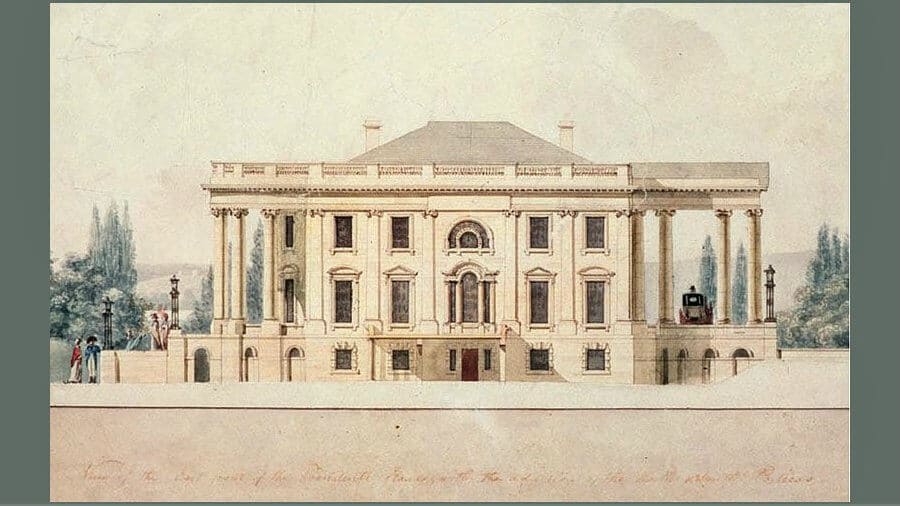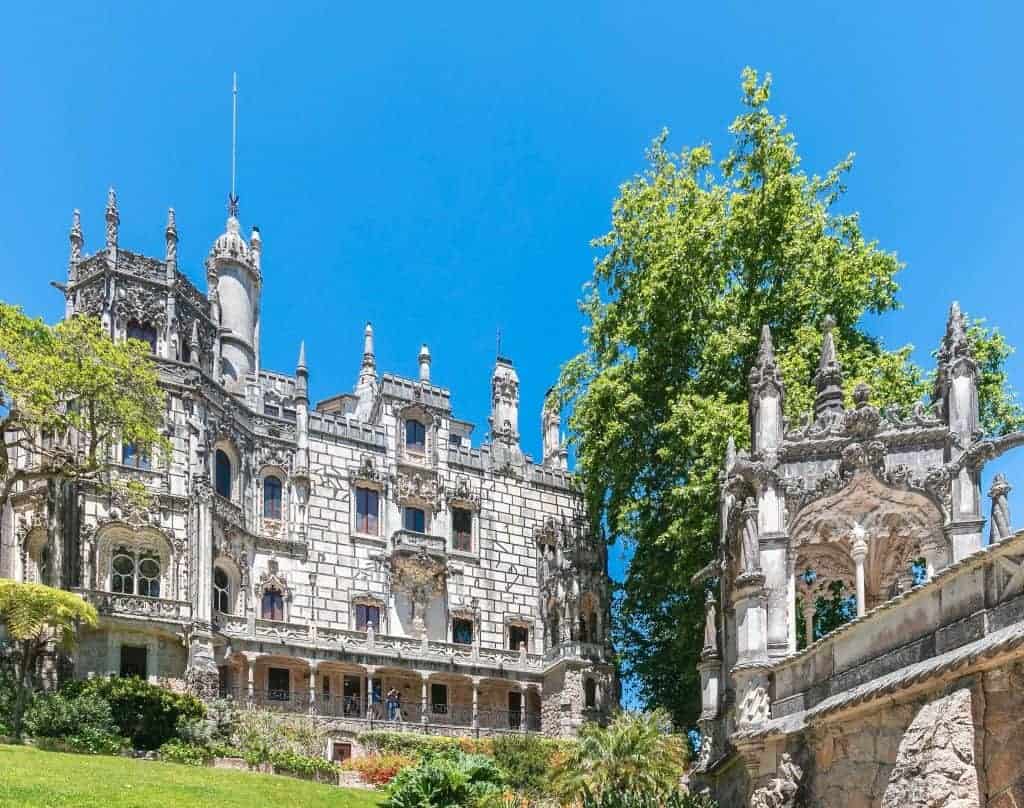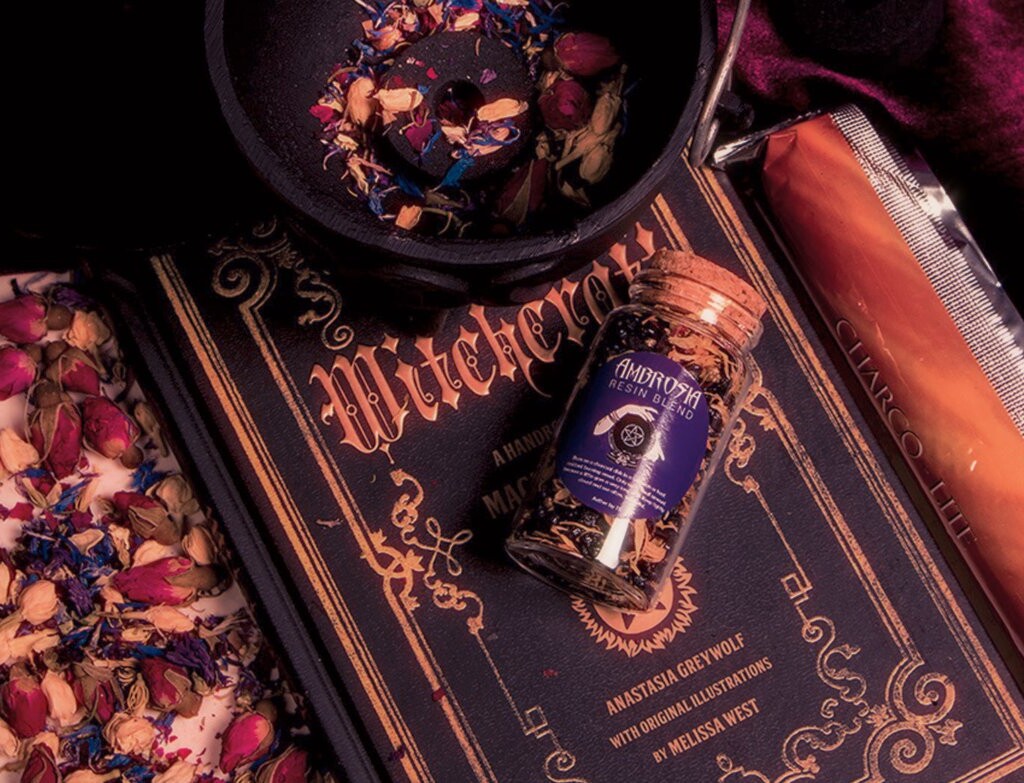At the heart of the White House’s history, a Masonic ceremony marked the beginning of its construction, symbolizing the influence of Freemasonry on the dawn of the United States. The involvement of Masonic leaders and presidents highlights how their ideals shaped the principles of freedom and democracy that define the nation today.
Masonic Rituals in the Foundations of America
In the core narrative of the White House, we discover a ceremony steeped in Masonic symbolism. On October 12, 1792, an excited crowd gathered at the Fountain Inn in Georgetown, eagerly anticipating the start of a project that would define the nation’s future: the construction of the presidential residence. Among them, a group of men donned in Masonic regalia stood out, ready to imprint their mark on the inception of this iconic project.
Peter Casanave, a distinguished master of Maryland’s Lodge No. 9, led this solemn act. With great solemnity, he placed the cornerstone in the southwest corner of the plot. This act, far from being merely symbolic, underscored the deep influence of Freemasonry in the United States’ early days. It was a clear indication that key figures in the country’s history were closely linked with this fraternity.
The presence of Masonic presidents from George Washington to other leaders through the 19th and 20th centuries is significant. It reveals how Freemasonry has been intertwined not only in politics but also in the physical and moral construction of the nation.
These leaders, members of the brotherhood, contributed to the United States’ development. Their efforts went beyond creating buildings and monuments. They also shaped the principles of freedom and democracy that characterize the country today.
Thus, the connection between the White House and Freemasonry goes far beyond a simple cornerstone-laying ceremony. It represents a meeting point between the Masonic fraternity and American politics.
This bond demonstrates how the ideals of freedom, equality, and brotherhood have influenced the nation’s foundation. The Masonic legacy, rooted in America’s foundations, invites us to reflect on the impact of these traditions on national identity and the values that sustain American society to this day.
Architectural Secrets: Masonic Inspiration in the White House
The architecture of the White House speaks to a blend of influences, including Freemasonry. However, this is not the sole source of inspiration. James Hoban, an Irish architect chosen by George Washington, drew inspiration from Leinster House, a landmark building in Dublin, to design the presidential residence. This detail not only highlights the aesthetic connection to European cultural and historical roots but also how these intertwine with American history.
Leinster House was chosen not just for its potential Masonic connections. It also represented an ideal of architectural beauty and functionality that Hoban sought to replicate in the new nation. This approach emphasizes architecture’s ability to incorporate diverse sources of inspiration, creating something unique and adapted to its context.
The cornerstone-laying ceremonies of both the White House and the Capitol further emphasize the importance of Masonic rituals in America’s beginnings.
These events, presided over by such prominent figures as George Washington, underscore the relevance of Freemasonry in the country’s culture and politics. Additionally, masonry marks found during renovations, particularly during Harry Truman’s administration, provide physical evidence of Masonic influence.
Therefore, the architecture of the White House stands as a testimony to the confluence of ideas, traditions, and symbols. Through its design and the rituals of its construction, the complexity of the processes that formed the national symbols of the United States is revealed.
This legacy, marked by Masonic influence, invites us to consider how the spaces we inhabit are imbued with meanings that extend beyond their functionality, becoming living symbols of a nation’s history and values.
Between Myths and Realities: Freemasonry at the Heart of the United States
The relationship between the White House and Freemasonry takes us to a point where myth and reality intertwine. Over the years, the Masonic influence on the foundations of the American nation has been the subject of numerous theories and speculations.
However, it is crucial to distinguish between legend and historical facts to understand this fraternity’s true role in building the United States.
The iconic cornerstone ceremony of the White House and the masonry marks found later are tangible evidence of Masonic presence. These findings, far from suggesting a conspiracy or hidden control, reflect the importance of Freemasonry in society at that time.
In that era, belonging to this brotherhood was common among political and social leaders, highlighting its influence on the social and political fabric.
The Masonic ideals of brotherhood, freedom, and equality have left an indelible mark on the values that are today pillars of American democracy. The active participation of Masons in pivotal moments in U.S. history shows how their principles have positively contributed to the development and evolution of American society.
In summary, the interconnectedness between the White House, Freemasonry, and the history of the United States reflects the influence of ideas and values in the construction of a nation. The Masonic heritage, far from being merely a topic for conspiracy theories, is an essential part of the rich mix of influences that have shaped American identity.
Recognizing and valuing this legacy means understanding that a nation’s history is built upon a diversity of traditions and beliefs, which contribute to its greatness and complexity.




